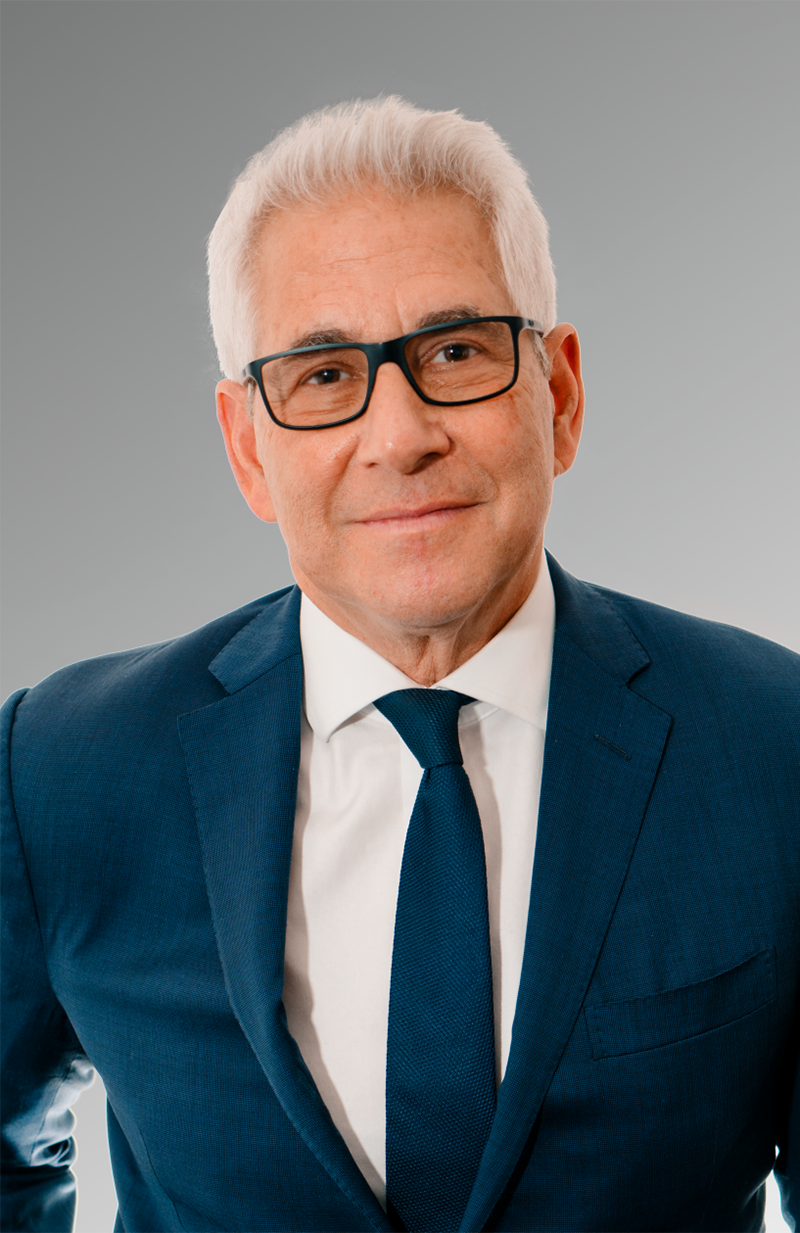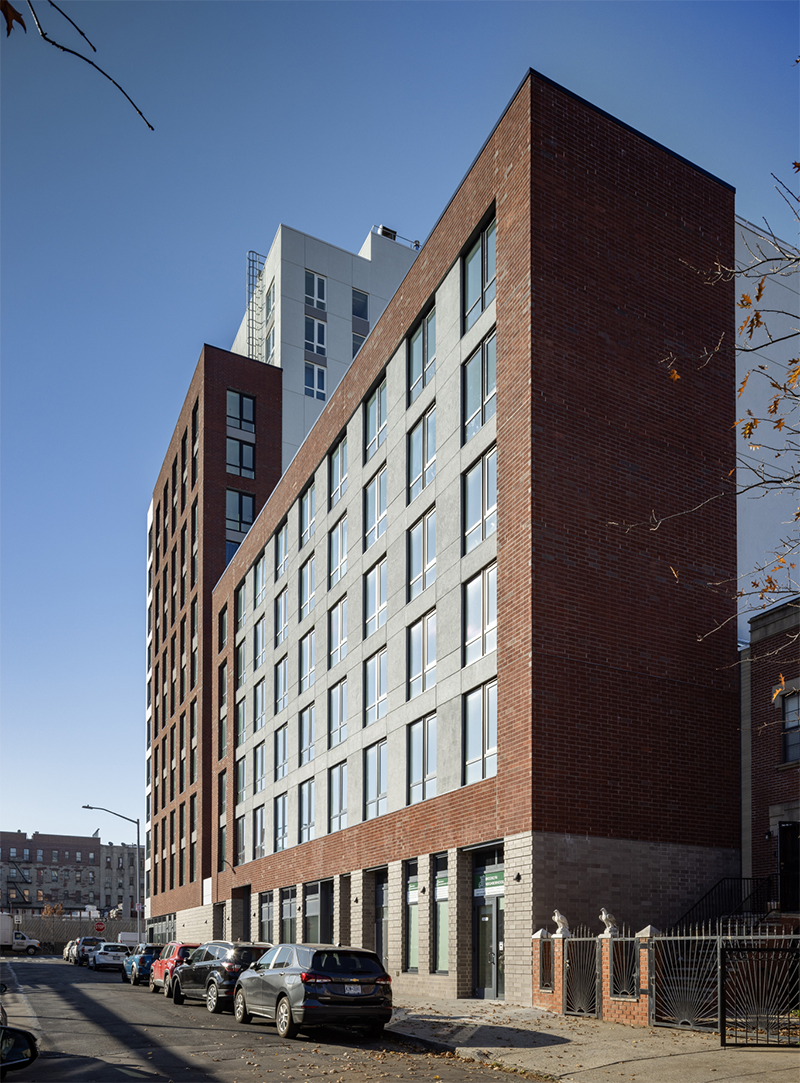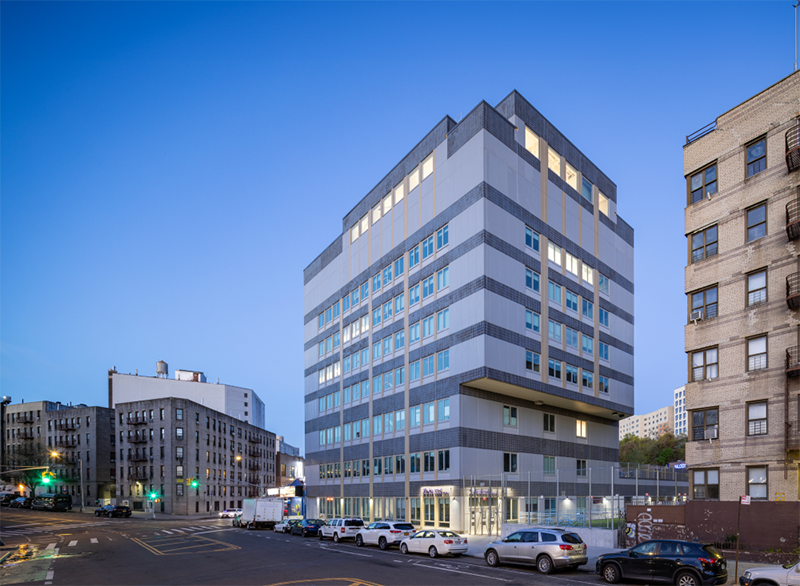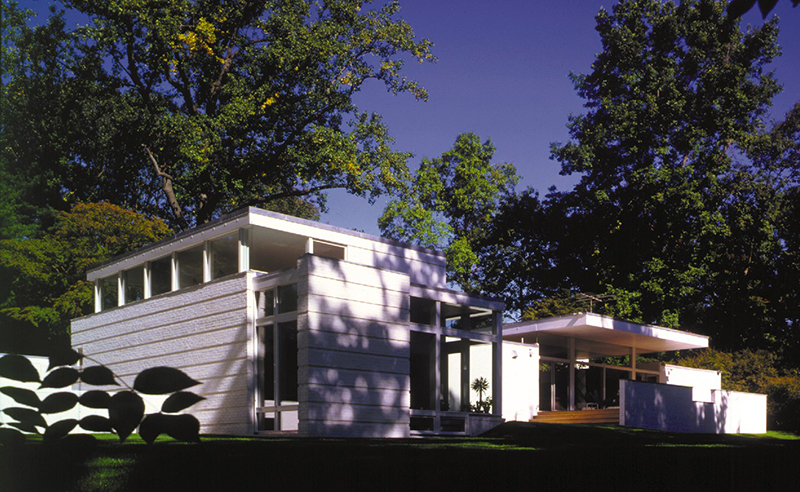
David E. Gross, AIA, Executive Partner at GF55 Architects, inspires through his leadership, innovation, and dedication to design solutions. His legacy extends beyond the individual buildings that his firm has created – to the neighborhoods that have been shaped by GF55. In addition, Gross is proud of his mentorship of young architects to create professional “New York Architects”.

How did you become interested in architecture?
A: I had an early introduction to the building profession. Summers were spent working at my father and grandfather’s Ohio based development firm where I was exposed to the basics of construction and design for large-scale projects. My next step was taken in Philadelphia where both my undergraduate and graduate degrees were received at the University of Pennsylvania School of Architecture.
Q: After completing your education, why did you choose New York City over returning to the Midwest to start your career?
A: Despite my family’s objections, the gravitational pull of NYC with its art, science, technology, fashion, and finance was irresistible. I loved being around other young people who were ambitious and confident. I began my career at HHPA a top firm in its day. Immediately I was exposed to projects that were culturally and nationally relevant. I was on the design team for museums and corporate headquarters. I was also a finalist in the Vietnam Veterans Memorial Competition in Washington D.C.
In 1984, at the age of 29, I co-founded GF55 Architects, which was born in my Tribeca loft. We were young, brave, and fearless! Over the last four decades, with my partners Len Fusco, AIA, and Shay Alster, AIA, GF55 grew to a national, full-service architecture firm working on projects across the USA. GF55 is expert at multifamily housing. The firm has designed over 12 million s/f of housing nationally. That includes 200+ buildings across the NYC boroughs. In the last few years our practice has developed expertise in schools and are working on three academic facilities right now.
Q: You are actively involved in the industry, especially as it pertains to housing. Can you tell us a little about that?
A: There is a critical shortage of housing across the country. The pandemic further highlighted the need for more housing of all types. The increased distance of housing to the workplace needs to be reduced. Housing is job creating and provides a stable environment to raise a family. Proper housing addresses a myriad of social needs. In 2021, I established the David E. Gross Fellowship at the University of Pennsylvania Weitzman School of Design. The fellowship is intended to help the next generation of architects understand that housing is a design problem that goes beyond aesthetics.

Q: What are some of your career defining moments?
A: A milestone was that on my 40th birthday, GF55 had the honor of being featured on the cover of Architectural Digest. It was a personal and career defining moment. After 10 years of hard work laying the foundation of the firm, we were launched from that moment forward. Being in Paris and seeing the magazine on the newsstands was very gratifying.
A more recent project is a reflection of my professional interest in housing and its relationship to the larger community. GF55 recently completed the Lincoln Park Development in New Rochelle, NY which consists of a new workforce housing building, a renovated public housing building, a new public parking garage and a new Boys and Girls Club all located along a public park. Each of the components of the project are reinforcing and interconnected.
Q: Tell us about Rye House.

A: The original house is a historically significant mid-century modern structure designed by the Bauhaus architect Ulrich Franzen in 1954. It was featured in Life magazine as well as several academic publications.
I purchased the house and lived in it for several years, then renovated and expanded the structure. The original house was beautiful, but it was modest, experimental and run down. The project was a personal expression for me as an architect. An interplay between the old and the new – a type of dialogue across time was created. The addition extends into the natural landscape and creates an asymmetrical ensemble that balances the original structure’s compactness with a more fluid, expansive design.
The Rye House received the AIA Design Award of Merit in 1998 – the same award the house received when it was first designed nearly half a century earlier in addition to being published in several magazines and academic publications.
Q: What are you looking ahead to for your firm and for your career?
A: Right now, we see an opportunity to be a part of the conversation in shaping the new housing type. I am seeing urban style developments in the suburbs that are not as automobile focused. This translates to developments that are more transit oriented. With an increase in WFH, a building is required to offer more opportunities to occupy beyond one’s personal apartment. Post pandemic, New Yorkers are living in their buildings more and want a sense of community made up of co working spaces, amenities and areas of social interaction. Developers are interested in mixed-use buildings that provide supermarkets, medical offices and other supporting services in addition to retail stores.
Schools are another area of growth and change. Due to the cumbersome nature of the public school design and construction process, independent and charter schools have increased. They are more efficient to design, obtain approvals, build and populate with more control by the school itself. We have three of these projects on the boards this year.
A long-term trend is making buildings greener. There’s more ecological sensitivity to the structure, the envelope, and to each unit. A lot of attention is paid to sustainable performance metrics. Buildings are more technical, and construction is more efficient. An increase in the number of components that are factory built is occurring.
In general, we are at an inflection point in construction design and building typology. The post pandemic future is here now.
David E. Gross, AIA, is Executive Partner at GF55 Architects, Manhattan, N.Y.
